The tightened control of China’s borders due to COVID-19 in March 2020 signaled the beginning of uncertainty for international tourism.
As of press time, overseas tourists are still unable to enter China. Meanwhile, Chinese tourists avoid traveling abroad due to strict quarantine requirements upon re-entry into the Middle Kingdom.
China was previously the largest outbound tourism market, as reported by Reuters. Thailand, a tourism market in which Chinese travelers used to contribute a large portion of revenue, recently announced it would re-open to vaccinated travelers. For now, that re-opening will not include tourists from the Middle Kingdom.
However, it’s not all bad news. Those who are ‘stuck in China,’ including many expats, have taken the opportunity to explore more of the country in which they live.
This trend is reflected by China’s booming domestic tourist market. During this year’s Mid-Autumn festival in September, domestic trips totaled around 88 million, approximately 87.2% of pre-pandemic 2019 levels, according to Xinhua.
There are ups and downs, of course. As of press time, those in Beijing are advised not to leave the city, unless absolutely necessary, and those in Xi'an are undergoing even stricter lock down measures. Intermittent local outbreaks can make domestic travel difficult.
But on the whole, things are positive for domestic tourism.
On the frontline of this buoyant domestic travel market is Jeremiah Jenne, founder of Beijing by Foot.
What started out as a hobby has now been Jenne’s full-time occupation since 2016. Beijing by Foot provides walking tours around the capital, operating as part of The Hutong cultural center.
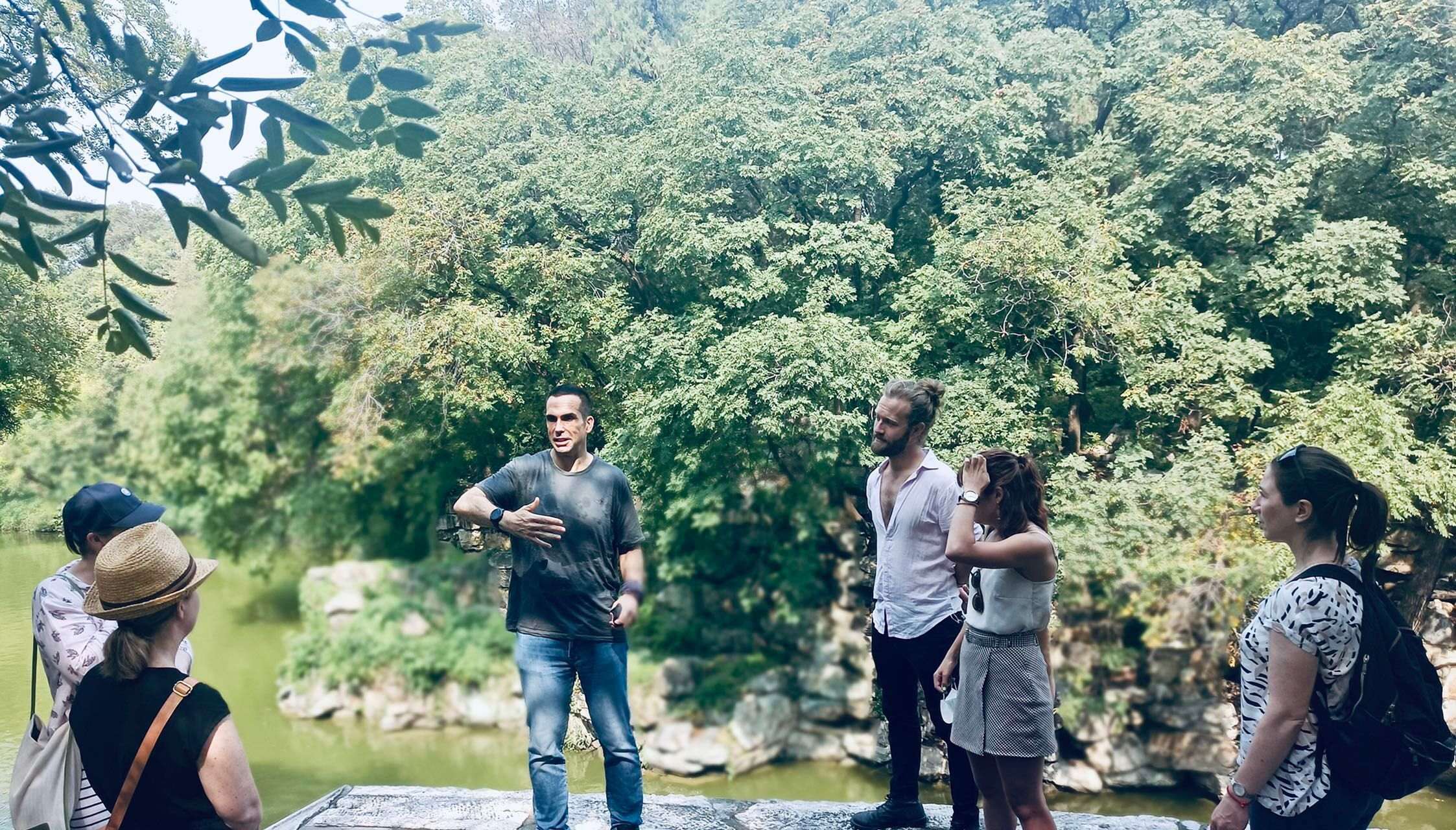
The destinations may be familiar to anyone with rudimentary knowledge of Beijing; Jenne takes tour parties to various hutong, Summer Palace, Forbidden City, Lama Temple and elsewhere. Yet, the stories he tells of the places are likely unbeknown to many, even Beijing locals and long-term residents of the city.
Jenne’s work doesn’t confine him to Beijing. He’s also collaborated with Elevated Trips, a tour company focused largely on off-the-beaten-track eco tours across the Tibetan Plateau, as well as other destinations overseas.
Those tours have taken Jenne to Qinghai and Gansu provinces where he introduces the history of the areas to visitors.
Recently, Jenne has collaborated with Bespoke Travel Company. As the name suggests, the tours are custom-made with trips to the ancient Silk Road in Gansu, the Chinese-North Korean border city Dandong, minority villages in Guizhou province and more.
Jenne leads the company’s recently-launched Destination Peking tour. The tour is the namesake of British author Paul French’s book Destination Peking, an insight into the true stories of some of the city’s colorful expatriate residents in the early half of the 20th century.
The tour builds on the success of the Midnight in Peking tour, also run by Bespoke Travel Company and also the namesake of another of French’s books. Midnight in Peking follows the true story of Pamela Werner, a British schoolgirl murdered in the city’s Kuijiachang Hutong in 1937.
READ MORE: Uncovering The Dark History Behind a Brutal Beijing Murder
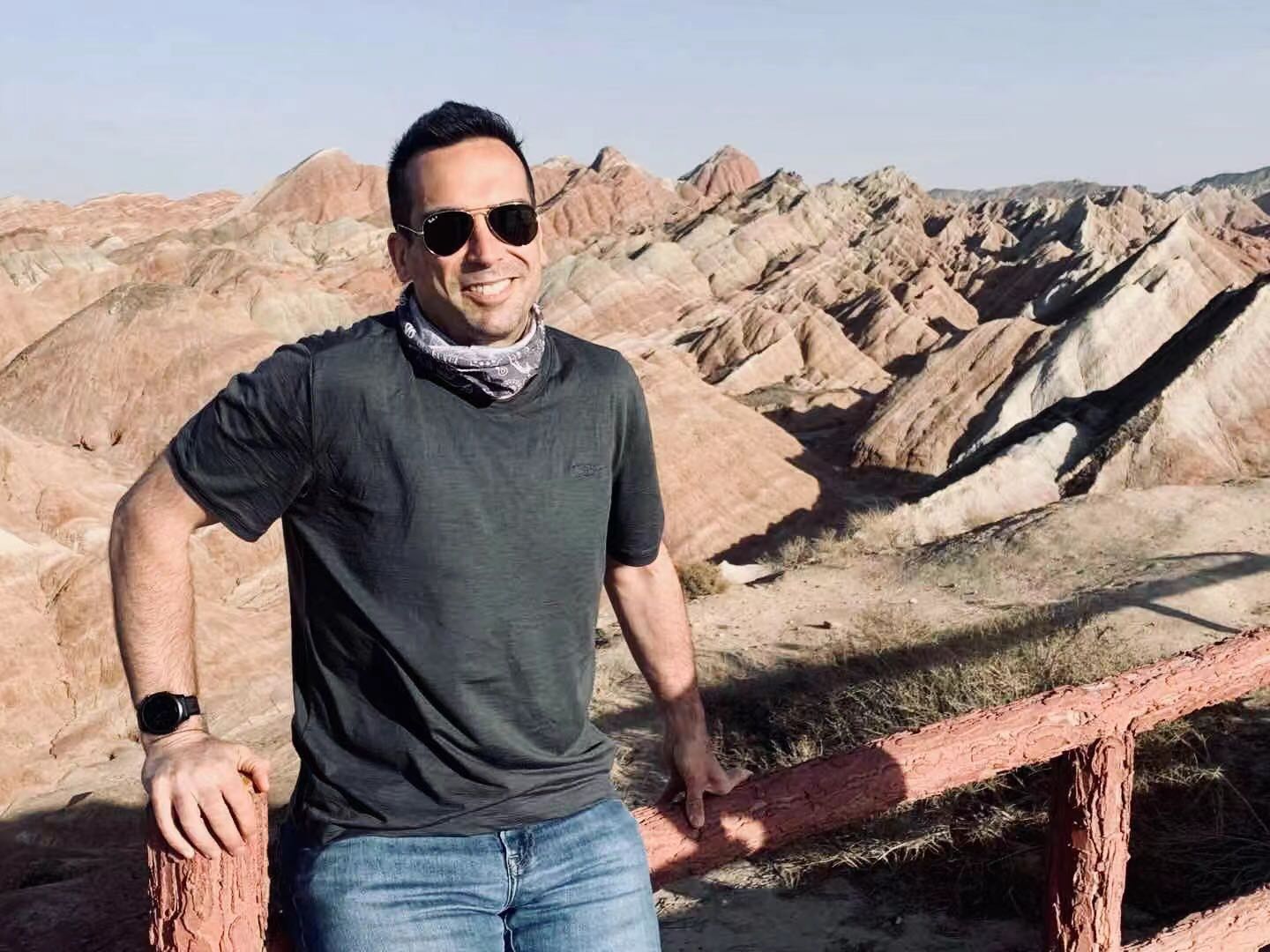
That’s caught up with Jenne to talk about Beijing by Foot; the Destination Peking tour; and how being ‘trapped in China’ has afforded many people, both locals and expats, the opportunity to discover more of a country they thought they knew well.
What’s your background as a historian?
I have a doctorate in Chinese history. My research is focused particularly on the late 19th century. For almost 15 years, I taught late imperial and modern Chinese history here in Beijing for a program which included American students who would come here as part of their study-abroad program.
Out of that, I developed a company. One of the great joys of teaching Chinese history in China is that instead of just showing a picture of the Summer Palace and talking about it, we can just go to the Summer Palace and talk about it there.
Over time, I had a lot of people in the community who liked the idea. So, I would take other people on tours during the weekends.
It (Beijing by Foot) is not an official company. It operates as a division of the cultural exchange center The Hutong.
For five years now, we have led educational history walks, as well as history lectures and programs for embassies, schools, visiting delegations and, of course, the local expatriate and Chinese community.
How long have you been doing the Destination Peking Tour?
This was a walk which Paul French, Sarah Keenlyside (who runs Bespoke Travel) and I put together over the summer and rolled out in October. We had two walks over the October holiday here in Beijing. Both sold out really quickly and both seemed to go really well. I understand that the third one coming up this weekend (as of press time) is almost full. The response to the walk has been great, as has the response to Paul’s book.
Aside from Destination Peking, what other tours do you do?
As Beijing by Foot, we offer public walks here in Beijing which are to some of the more famous sites and to some of the less visited places.
The way we operate is that we pick a theme and explore that theme while we visit a particular place. For example, I was recently with a group at the Summer Palace. We went there and talked about the life and legacy of Empress Dowager Cixi; not just about what her life was like but also about how her image has been changed and evolved over time. That gives us a point of discussion.
Most of our walks in Beijing have sold out. All in all, it’s been pretty successful.
I also partner with other travel companies such as (the aforementioned) Bespoke Travel which runs the Destination Peking walk. I partner with other companies in China such as Elevated Trips. I’ve been out in Qinghai province for more extended excursions. On those trips, I lecture about history while visiting places outside of Beijing like the Tibetan Plateau or Gansu, among other places.

Bespoke Travel’s tours are designed with people who have expertise in the area covered by each tour. Would you say that Beijing by Foot’s tours are designed in a similar way?
I’d say we have similar kinds of clients. They tend to be people who have already been to the Forbidden City and know what a hutong is.
It tends to be people who have lived in Beijing for a number of years – this last part is especially true in the last few years when there haven’t been any inbound travelers from overseas.
The idea is to get a little deeper. What’s the story behind the story?
And, since I’ve done a lot of research in libraries and in the archives, I often come across some really cool stories and information which doesn’t necessarily fit into something I’m writing or researching at that moment. So, I file it away and then, that could be the basis for a walk or talk or something else down the road.
In terms of the Destination Peking walking tour in Beijing, tell us what kind of things people can experience on the tour (without giving too much away, of course).
We base the walk on Paul’s book. The idea of the Destination Peking book is that there is a series of chapters, each focusing on a particular person or maybe a couple of people who were sojourners to Beijing, mostly at the beginning of the 20th century during the Republican era from 1912 until 1949.
There are many places in Beijing which are associated with these (sojourners). As part of my own research, I’ve looked into people known as the ‘Peking Aesthetes,’ a kind of intellectual group of ‘hutong hipsters’ living in the city in Beijing in the 1920s and 1930s.
Some of them overlap and are featured in Paul’s book. As we walk through some of the hutong alleyways, we talk about some of these figures such as George Kates, the author Harold Acton or even people who may be famous but less known for their connections to China such as Wallace Simpson; she spent some time in Beijing in the 1920s after her divorce.
There are a lot of characters. We talk about a good number of them. We talk about a particular era in Beijing’s history in the 1920s. It’s an era which on the one hand is quite romanticized as the Republican era of cocktails on the rooftops, but there’s also another side to it which is that it was a tough city to live in; there was a lot of poverty and a lot of political instability. A lot of the good times we hear about tend to be based on positions of privilege related to colonialism.
So, I talk about all the good times but I also want to put it in a historical context. I want to let people know what was going on beyond the international community in Peking, even though that community was itself very colorful and fascinating.
That’s previously spoke to Paul French about the Midnight in Peking tour. He told us that the tours tend to attract Beijing locals and expats who have lived in the city long-term. The tours help them to discover a part of the city that they’re not really familiar with. Would you say the same is true for the Destination Peking tours?
Those who go on the Destination Peking tours tend to be people living in the city including long-term residents. In some ways, that makes it an even richer experience for me to lead the walk.
I often see these as discussions rather than me just speaking to a group of people. Many of the people on the walk have lived in Beijing for five to ten years or more. Some of them even grew up here. That means that during the tour, they have their own experiences which are associated with the places we visit.
I think that’s only natural in some ways. Think about a city like London. There are all these London walking tours. The people which go on them may often be people who have lived and grown up in London. They’re always keen to learn something new about their city.
Every time I go to a library or an archive, I learn something new about Beijing, a city I think I know pretty well. It reminds me that there is always something new to learn, no matter how long I do this.
You’ve been running Beijing by Foot full-time since 2016. Has COVID-19 had any effect on the kind of people who participate in the tours?
When I first started Beijing by Foot, I thought that most of my clients would be people flying in to Beijing from abroad.
To a certain extent, that was true. I also quickly learned that a lot of the people on the tours were people visiting friends or relatives in Beijing. The joke has always been “My aunt is visiting Beijing and I want her to something on Wednesday. Give her to Jeremiah for the day!”

However, even from the very beginning, it felt like a lot of the people on my walks were people already living in Beijing. That was not what I expected but I appreciate that. For example, at the Summer Palace, a lot of people say, “I’ve been here before but I’m glad there is someone here to explain it to me in more detail.”
I think that’s wonderful that people do that.
Regarding COVID-19, the lack of inbound travelers has been a problem. I would usually work with a lot of student groups who might come here during the summer. I would take college students around the Forbidden City. I would deliver lectures to groups of MBA students visiting China. They’re not able to come right now.
However, there’s also a lot of people who are kind of stuck here. The people who would normally go to Thailand, Bali or elsewhere cannot do that right now. A lot of people are looking for things to do in China, specifically in the cities in which they live.
So, even though it’s been an interesting couple of years to say the least, my business, which is mainly just me, has remained pretty busy. Perhaps I’ve not been quite as busy as I was before COVID-19 but it’s been great that a lot of people have been able to take the time to explore Beijing.
This interview has been edited for clarity and brevity.
[Cover image via Pixabay. All in-text images via Jeremiah Jenne/Beijing by Foot]
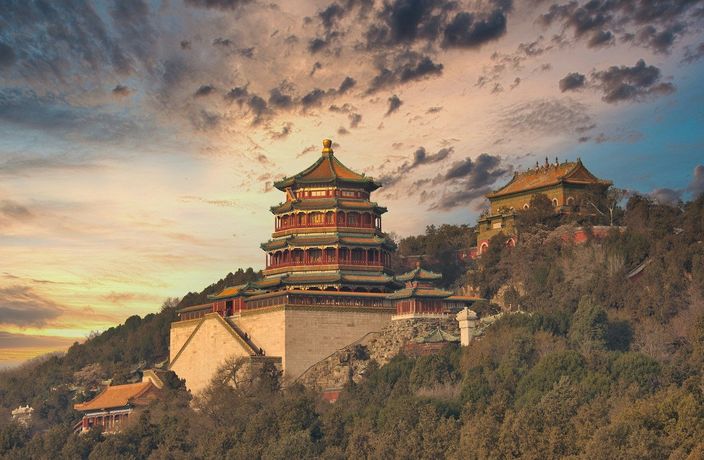




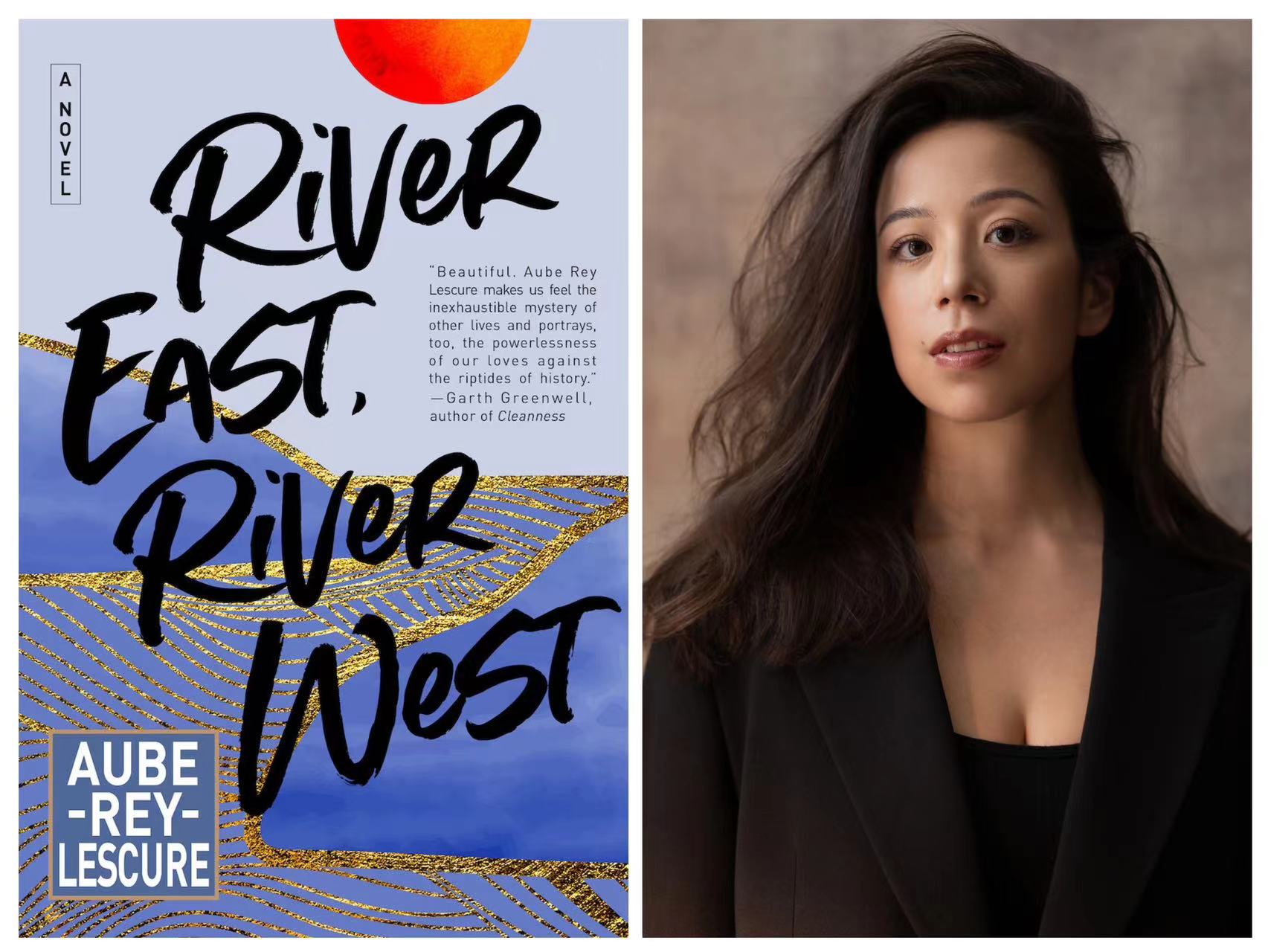
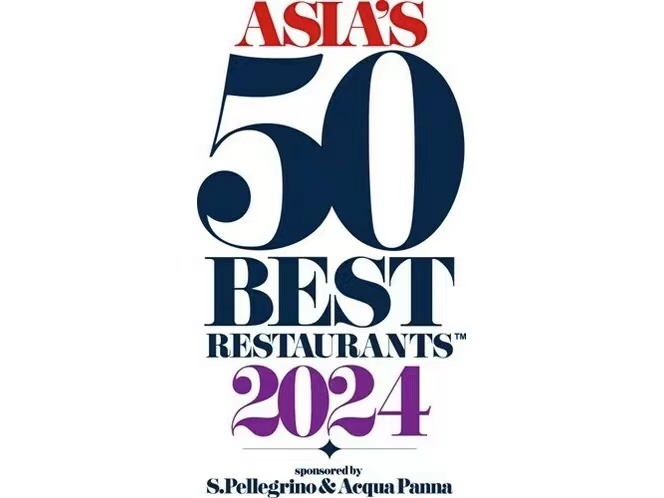
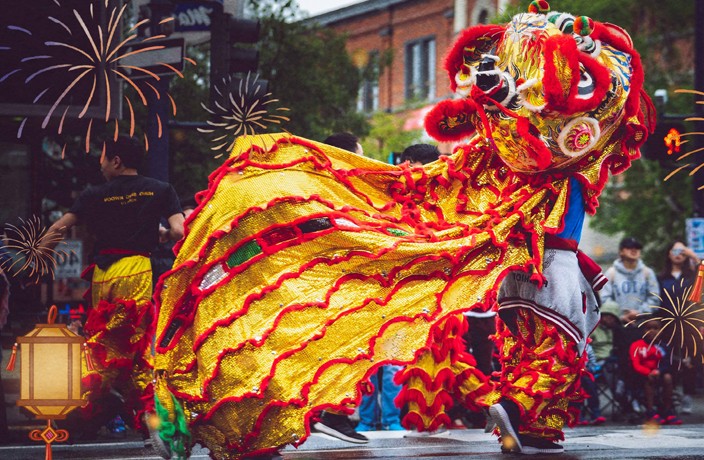














0 User Comments